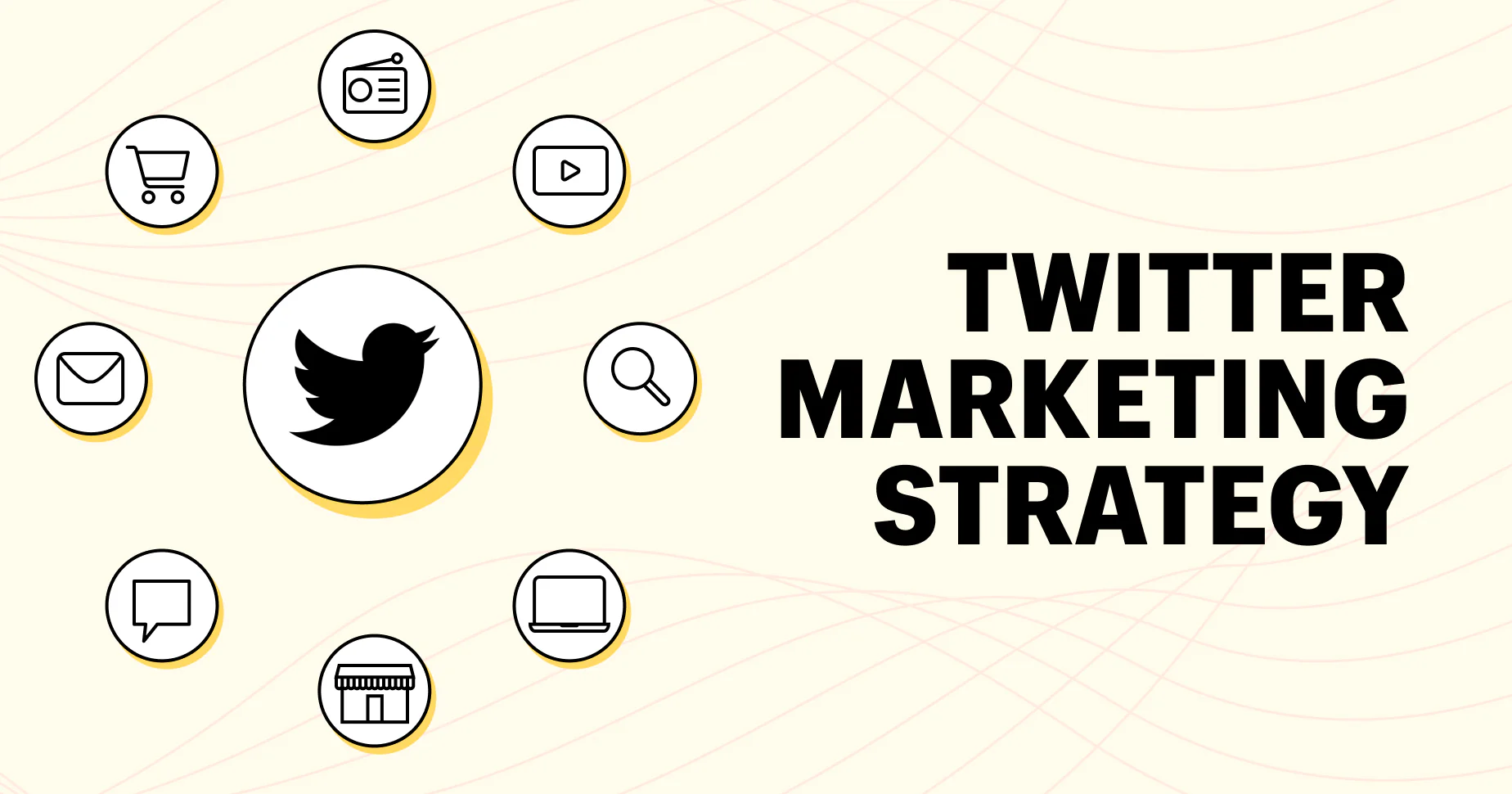Twitter, now rebranded as “X,” has transformed from a simple thought-sharing platform to a powerful marketing tool. With 217 million daily monetizable users, it’s no wonder brands continue to leverage it. However, with the rapid pace of Twitter, where a tweet’s average lifespan is about 24 minutes, it’s easy for your messages to get lost. To stand out and effectively engage your audience, you need a strategic approach. Here are 18 powerful Twitter marketing tips that actually work.
1. Choose the Right Handle, Profile Photo, and Header Image
2. Optimize Your Bio to Reflect Your Brand’s Personality
Your Twitter bio, limited to 160 characters, should clearly explain who you are. Inject some personality or humor, brag a bit about your accomplishments, and keep it targeted to attract your ideal audience. Use relevant hashtags and tag other associated brands.
3. Tweet During Peak Hours
Identify the days and times when your audience is most active. Research suggests the best times to tweet are Mondays from 8 AM to 4 PM, Tuesdays from 9 AM to 4 PM, and Wednesdays from 8 AM to 3 PM. Use scheduling tools like Hootsuite or Buffer to ensure your tweets go live at these peak times.
4. Use Hashtags Sparingly but Wisely
Tweets with hashtags receive twice the engagement, but overusing them can reduce interaction. Limit yourself to one or two relevant hashtags per tweet. Use tools like Hashtagify or RiteTag to find the most effective hashtags for your content.
5. Leverage Advanced Searches
Use Twitter’s advanced search to find potential customers or see what people are saying about your brand. Search for industry-specific terms to discover leads or address customer service issues.
6. Enhance Tweets with Images
Tweets with images get more engagement than text-only tweets. Ensure the images are high-quality and relevant to the tweet’s content. Use tools like Canva to create compelling graphics.
7. Use Twitter Video for Greater Engagement
Videos on Twitter generate more replies, retweets, and likes than images or text alone. Use Twitter video to share new information, behind-the-scenes content, or to create emotional connections with your audience. Live videos can also be a powerful engagement tool.
8. Conduct Polls to Engage Followers
Polls are an easy way to increase activity on your page. They can be used for market research, feedback, or to spark engaging conversations. Look at successful brands like Domino’s Pizza for inspiration.
9. Craft Creative CTAs
Use action-oriented CTAs beyond just asking users to share posts. Encourage actions like “Follow us,” “Visit our site,” or “Shop our sales” to drive engagement and traffic.
10. Test Headlines with A/B Testing
Twitter is an excellent platform for testing headlines. Tweet different headlines at peak times and track their performance. Use tools like Optimizely for further A/B testing to determine the most effective headlines.
11. Reach Out to Influencers
Identify influencers in your industry who align with your brand message. Engage with them and pitch your ideas. Tools like Influencity can help you find and connect with relevant influencers.
12. Utilize Twitter Ads
For quick engagement boosts, use Twitter Ads. Promoted Ads and conversational ads can significantly increase your brand’s reach and engagement.
13. Take Advantage of Twitter Tools
Numerous tools can support your Twitter marketing strategy. Buffer, Hootsuite, SocialOomph, and Paper.li are just a few examples that can help you schedule posts, track analytics, and curate content.
14. Use Twitter for Customer Service
Many businesses use Twitter for direct customer service. Create a dedicated support handle, like Bank of America, to handle customer inquiries and issues efficiently.
15. Build a Content Calendar
A content calendar helps you organize your marketing campaigns and ensure a cohesive brand message. Outline your goals, audit your current accounts, decide on posting frequency and content types, and utilize resources effectively.
16. Analyze Your Campaign Progress
Data is crucial for successful marketing. Use Twitter Analytics to track demographics, interests, and engagement metrics. This information helps you understand your audience and refine your strategy.
17. Monitor Competitors
Follow and analyze your competitors’ accounts. Observe their followers, posting times, and content types to gain insights and inspiration for your own strategy.

